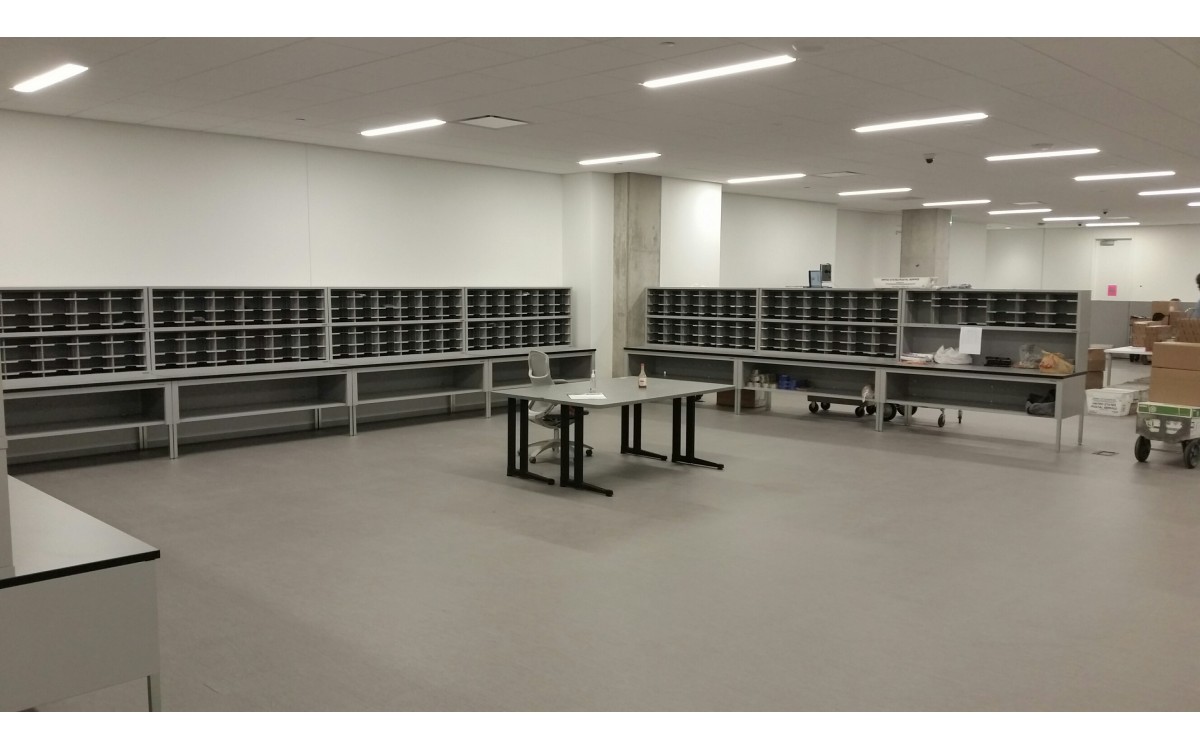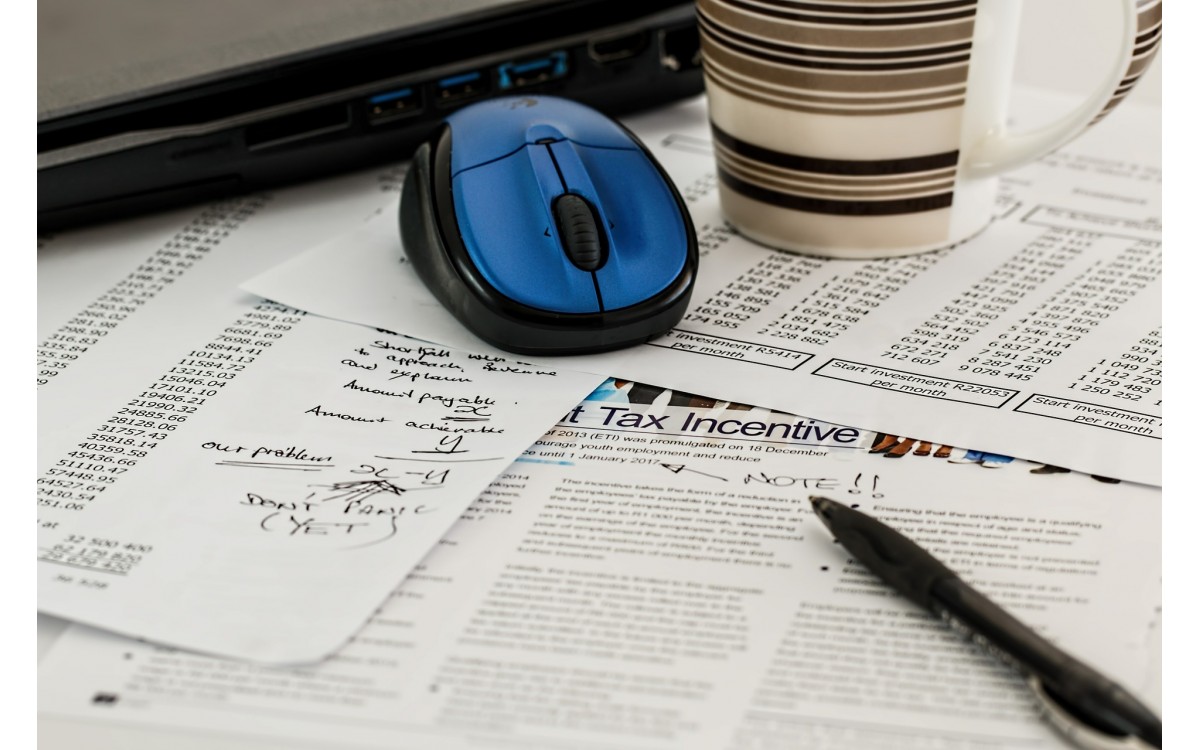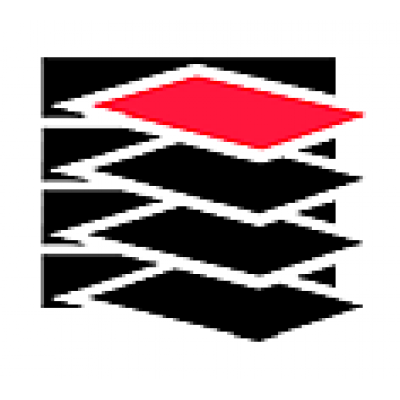With the advent of e-mail and so many other communication devices, first-class mail has grossly declined. However, the mail is still an important part of communication and of sending information in our busy daily lives. Every organization receives mail and no service can do it as economically and to as many locations as the USPS. Don’t count on mail going away anytime soon. Practice good mailroom workflow to minimize your costs.
Mail needs to be distributed accurately and on time. The goal is to handle the envelope or package as few times as possible in getting it to its final destination. How mail is sorted and delivered can also be affected by the culture of an organization. The point being, the level of service required will affect the cost of distributing the mail. Most companies today are trending toward lower-cost methods of mail delivery.
Most mailroom furniture manufacturers will provide AutoCADservices and draw the room for you. But there a few pieces of information you and they will need to create a complete and efficient mail center proposal.
1. Provide the CAD file for the mailroom, or draw and measure the walls of the room. Identify and measure doorways, windows, pillars, outlets, or any obstructions.
2. Determine how many pockets each sorting area needs. Be sure to factor in future growth. Make sure to identify the width, depth, and average height of each opening by sorting area.
3. Identify all scales, mailing machines, folders, inserters, or other mail-related machines. Record each machine by make and model along with dimensions.
4. List all equipment that is “planned” or “existing” that will be used in the mail center (copiers, printers, etc.).
5. Listen to the special needs of the mailroom manager and the mailroom employees. Have the group list any issues (example: bottlenecks, processing issues) they experience in day to day mail processing and operations.
Fortunately, there are some hard and fast planning parameters/rules that are constant - we try to stick to these rules when planning a traditional mailroom:
1. Mail should always process from left to right. Incoming mail stations should be placed to the left of the entrance and end near the doorway. Outgoing mail stations should be placed to the right of the door and end near the exit (can be the same as the entrance).
2. Place all work and sorting activity in the back center of the room. This keeps human traffic from interrupting mailroom workers.
3. Allow plenty of aisle space for the passage of carts & hampers (Fire code minimum is 36” wide).
4. Keep working materials stored near their point of use.
5. Keep incoming workstations and outgoing workstations separated.
To allow for proper workflow, both incoming mail and outgoing mail stations should be sequenced in a logical series of workstations. See workstations numbered below in a small (low volume) mailroom:
Incoming Mail Route
1. 1. Mail Collection Table
2. Lookup Station
3. Fine Sort
4. Delivery
Outgoing mail
1. 1.Mail Collection Table
2. Weighing
3. Metering
4. Delivery
The larger the mailroom, the more elaborate the mail workstations can be. A number of accessories can be added to enhance the efficiency and function within each task. And, the smaller the mailroom, these mail stations may be combined to save time, space, and motion. See the flow diagram below for a traditional small, medium, and large mail center.
 style="width: 500px;">
style="width: 500px;">FURNITURE
CONSIDERATIONS
Change is a
constant in the mailroom, mail volumes can change on a daily basis. Select
sorters with adjustable shelves. It is
also wise to use shelf-indexing labels that are easy to move. As mail slots
change with turnover or relocation, a Velcro or magnetic label can quickly be
moved to a new shelf location.
Make sure
the mailing machine is on a table big enough for your machine. Be sure to allow
space for scales, printers, and other machine accessories. Shipping stations
are available to accommodate
your
shipping computer (PC’s, CPU’s, scales, printers, etc.). Make sure to provide
personal workstations for supervisors and employees as needed.
Confidentiality – Adhere to HIPPA laws
on company and personal information. Provide closure to mail documents/mail
slots and file drawers where confidential information is stored. If you
are uncomfortable drawing up your own mail center, industry mailroom furniture
vendors will do it for you for free. Don’t hesitate to call and ask for help! Enjoy
planning and designing your next mail center.



